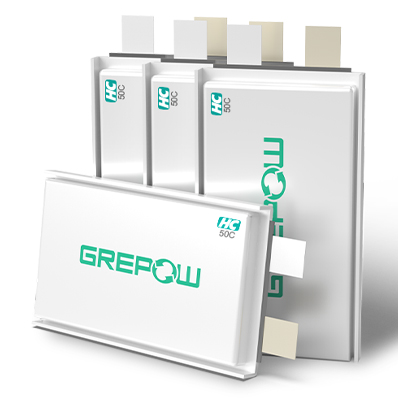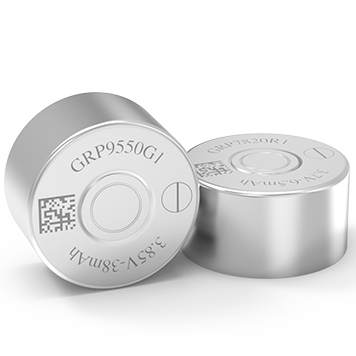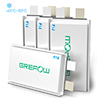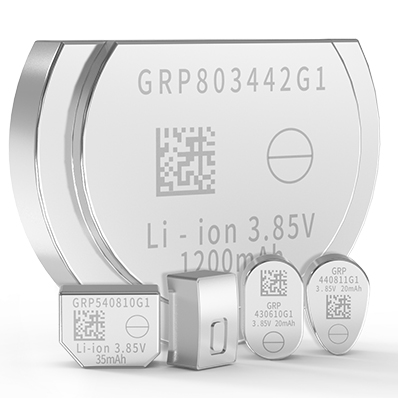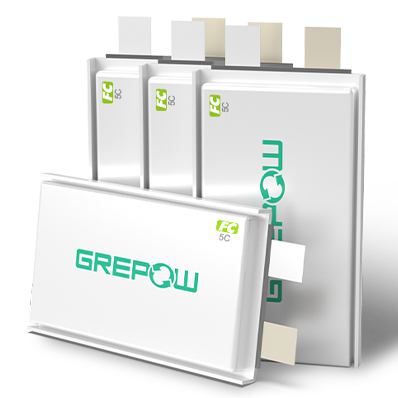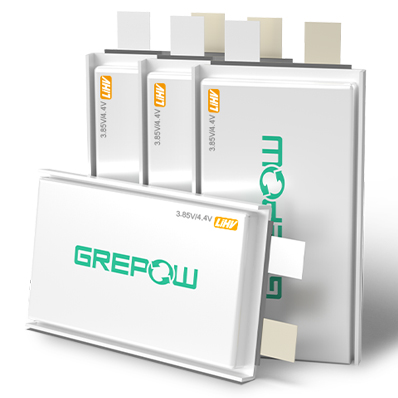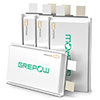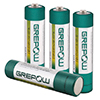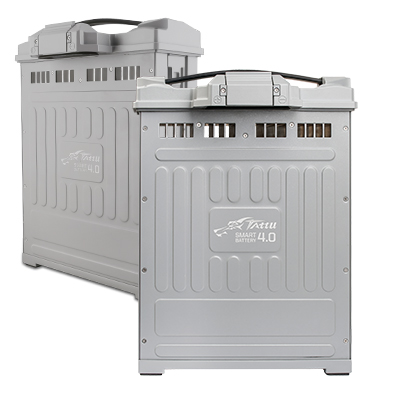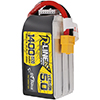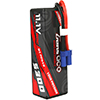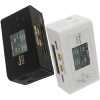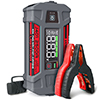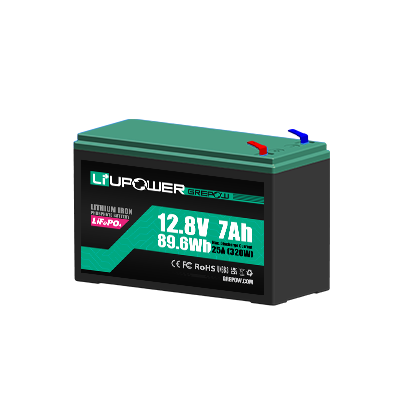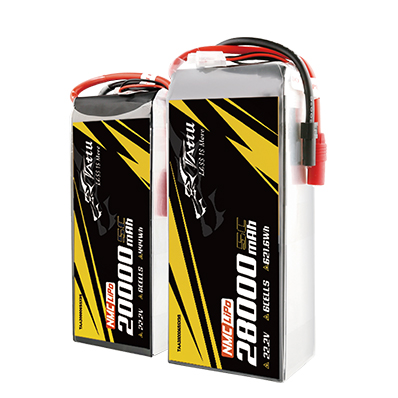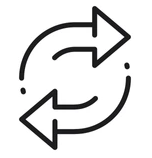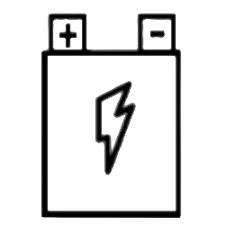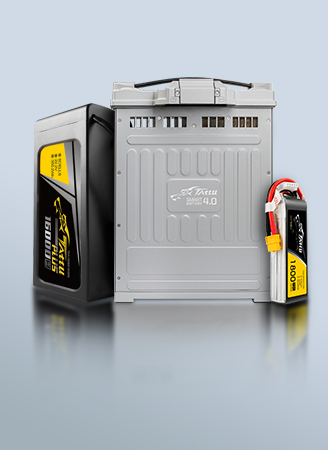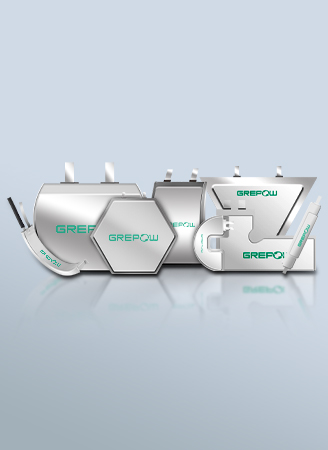FPV Drone Vs Camera Drone: What’s the Difference?
In recent years, the drone market has blossomed into a diverse ecosystem, with two main categories dominating enthusiasts’ and professionals’ interests: First-Person View (FPV) drones and camera drones. While both fly, their purposes, designs, and experiences differ vastly.Whether you are an aspiring drone pilot, content creator, or tech enthusiast, understanding the differences between these two types of drones is crucial for making an informed choice. This article, grounded in industry knowledge and practical insights, will explore FPV drones and camera drones in depth, comparing their capabilities, use cases, and user suitability.

What Is a FPV Drone?
An FPV (First-Person View) drone is designed to provide a real-time video feed from the drone's perspective directly to the pilot through FPV goggles or monitors. This immersive flight experience is akin to sitting in the drone itself. FPV drones are primarily used in high-speed racing, freestyle flying, acrobatics, and even cinematic shots requiring tight control and agility.
Key Features of FPV Drones:
●Real-Time Video Feed: Pilots wear goggles (or use a screen) that display a live feed from an onboard camera, replicating the sensation of “being in the cockpit.”
●Real-Time Video (Low Latency): The onboard camera transmits a low-latency analog or digital feed to the goggles. Image quality for the feed is often prioritized for smoothness and low delay over pure resolution.
●High Agility and Speed: Built with a lightweight frame, powerful motors, and precise electronic speed controllers (ESCs), FPV drones excel at rapid maneuvers, sharp turns, and acrobatic stunts.
●Modularity: Many FPV rigs are customizable—pilots can swap components (motors, frames, flight controllers) to optimize for racing, freestyle, or long-range flights.
●Manual Flying: FPV pilots often fly in manual or “acro” mode, where stabilization aids are minimal, requiring advanced stick-control skills and quick reflexes.

What Is a Camera Drone?
A camera drone, by contrast, is engineered for aerial photography and videography. These drones boast high-quality cameras, often mounted on advanced stabilization systems like gimbals, to produce smooth, professional-grade photos and videos. Whether you’re filming a scenic landscape, documenting an event, or creating cinematic content, camera drones prioritize image quality and ease of use over raw speed. They’re typically larger and more stable, designed to hover steadily while capturing stunning visuals.
●Stabilized Gimbal System: A three-axis gimbal compensates for drone movement, delivering smooth, cinematic footage even in windy conditions.
●Automated Flight Modes: Intelligent modes (e.g., waypoint navigation, orbit, follow me) allow pilots of varying skill levels to capture complex shots with minimal input.
●Integrated High-Resolution Sensors: Many models feature 4K or higher video sensors, large CMOS chips, and multiple aperture options to handle diverse lighting scenarios.
●User-Friendly Controls: GPS-based stabilization and return-to-home functions make these drones accessible to hobbyists and professionals alike.

What Is The Difference Between FPV And Camera Drones?
The core difference lies in their primary design philosophy and user experience
| Feature | FPV Drone | Camera Drone |
| Primary Purpose | Racing and freestyle | Aerial photography and videography |
| Control | Goggles for a first-person view, manual control | Remote controller with a screen, automated flight modes |
| Video Transmission | Low-latency analog or digital link | Buffered, high-resolution digital feed |
| Stabilization | Limited (pilot skill-based) | Mechanical gimbal stabilization |
| Ease of Use | Steep learning curve | Beginner-friendly, with assisted modes |
| Customization | Highly modular components | Limited user modifications |
| Typical Flight Duration | Short (3–7 minutes on high-power setups) | Longer (20–30 minutes) |
| Speed & Agility | Very high | Moderate |
| Portability | Varies by build (often compact) | Highly portable (folding designs common) |
Can FPV Drones Be Used For Photography?
Yes, FPV drones can capture photos and videos, but they’re not ideal for serious photography. Their cameras are designed for real-time video streaming with minimal delay, not for high-quality imaging. Features like adjustable aperture, optical zoom, and robust stabilization—standard on camera drones—are typically absent. The footage from an FPV drone may be shaky and lower in resolution, lacking the polish needed for professional work.
That said, some enthusiasts modify FPV drones by attaching better cameras, like action cams (e.g., GoPro), to improve image quality. However, this adds weight, which can compromise the speed and agility that define FPV flying. For casual snapshots or unique perspectives, an FPV drone might suffice, but for photography as a primary goal, a camera drone is the better tool.
FPV Drone Vs Camera Drone: Which One Is Better For Beginners?
For those new to drones, a camera drone is usually the smarter pick. Here’s why:
●Ease of Use: Camera drones come with beginner-friendly features like GPS stabilization, auto-hover, and obstacle avoidance, reducing the chance of crashes.
●Automated Modes: Functions like “follow-me,” “orbit,” or “return-to-home” simplify flying and let you focus on capturing footage.
●Obstacle Avoidance: (On mid-to-high-end models) Provides a crucial safety net while learning spatial awareness.
FPV drones, on the other hand, have a steeper learning curve. They’re typically flown manually, requiring precise control and spatial awareness—skills that take time to develop. Crashes are more common, especially for beginners. However, if you’re drawn to FPV’s excitement, starting with a small, affordable model or practicing on a flight simulator can ease you into it.
FPV Drone Vs Camera Drone: Which One Has Better Camera And Video Quality?
When it comes to camera and video quality, camera drones take the crown. They’re equipped with:
●High-Resolution Cameras: Often 4K or higher, with support for HDR and RAW photo formats for rich detail.
●Advanced Stabilization: Gimbals and electronic systems ensure buttery-smooth footage, even in windy conditions.
●Professional Features: Adjustable settings (aperture, shutter speed, ISO) and cinematic modes cater to creative control.
FPV drones lag behind here. Their cameras prioritize low-latency transmission for real-time viewing, not recording quality. The footage is often lower resolution, lacks stabilization, and isn’t suited for professional-grade projects. For stunning visuals, camera drones are unmatched.

FPV Drone Vs Camera Drone: Which Is More Expensive?
Cost varies widely for both types, depending on features and quality, but here’s the general picture:
●FPV Drones: Range from $200–$300 for entry-level kits to $1,000–$2,000+ for custom-built, high-performance models. The price reflects components like motors, frames, and FPV goggles.
●Camera Drones: Start at under $100 for basic models, but quality options (e.g., DJI Mavic series) run $500–$2,000, with professional rigs reaching tens of thousands. The advanced camera tech drives up the cost.
On average, a good camera drone costs more than a comparable FPV drone due to its sophisticated imaging systems. However, FPV setups can get pricey with premium gear or custom builds. Besides, the ongoing costs due to repairs and potential upgrades make FPV a more expensive hobby over time for most pilots. High-end camera drones have a high upfront cost but generally have lower operational costs due to stability and warranty/care programs (if you fly safely).
FPV Drone Vs Camera Drone: Which One Should I Choose?
The answer depends entirely on YOUR GOALS:
Choose a CAMERA DRONE if you:
●Primarily want stunning aerial photos and smooth, cinematic videos.
●Value ease of use, stability, and automated features (GPS, obstacle avoidance, RTH).
●Are a beginner to drones or aerial photography.
●Need reliable, repeatable results for professional work (real estate, inspections, events).
●Want to capture landscapes, architecture, or events from a stable vantage point.
●Prefer a lower-risk (financially and operationally) flying experience.
Choose an FPV DRONE if you:
●Crave the adrenaline rush of immersive, high-speed, manual flight.
●Want to capture unique, dynamic, and flowing cinematic perspectives (action sports, dramatic reveals, proximity flying).
●Enjoy the technical challenge of building, repairing, and tuning drones.
●Are interested in racing or freestyle acrobatics.
●Are willing to invest significant time in practice (simulators first!) and accept frequent repairs.
●Already have basic drone flying experience (highly recommended).
●Hybrid Options Exist: Drones like the DJI Avata (with motion controller) or Cinewhoops (FPV drones carrying action cams) try to bridge the gap. They offer some FPV immersion with propeller guards and simplified controls (like Avata's motion controller) or gimbal-like stabilization in post, making dynamic shots more accessible with less pilot skill than pure acro FPV. However, they still represent compromises compared to dedicated tools in either category.
Conclusion
Both FPV and camera drones represent exciting branches of the UAV industry, each with unique strengths. Camera drones are tools for precision and clarity, ideal for storytellers and professionals. FPV drones are for those who crave adrenaline, control, and creativity in motion. By understanding their differences and aligning them with your purpose, you can make a choice that elevates your aerial aspirations.
As a globally leading drone battery manufacturer, Grepow powers the world’s top aerial platforms with unmatched performance and reliability. Whether you’re pushing limits in elite FPV racing or capturing cinematic footage from the sky, Grepow delivers the power you need to win. Our Tattu R-Line series FPV batteries are engineered specifically for world-class FPV competitions—trusted by pro pilots for its explosive power and lightning-fast response. For camera drones, our Tattu Plus smart UAV batteries are the go-to choice for leading aerial cinematography companies worldwide, offering intelligent features, extended flight times, and exceptional safety. From FPV to camera drones, from consumer to commercial-grade UAVs—Grepow has the high-performance battery solution to fuel your next flight. If you have any questions or needs, please feel free to contact us at info@grepow.com.
Related Articles
-
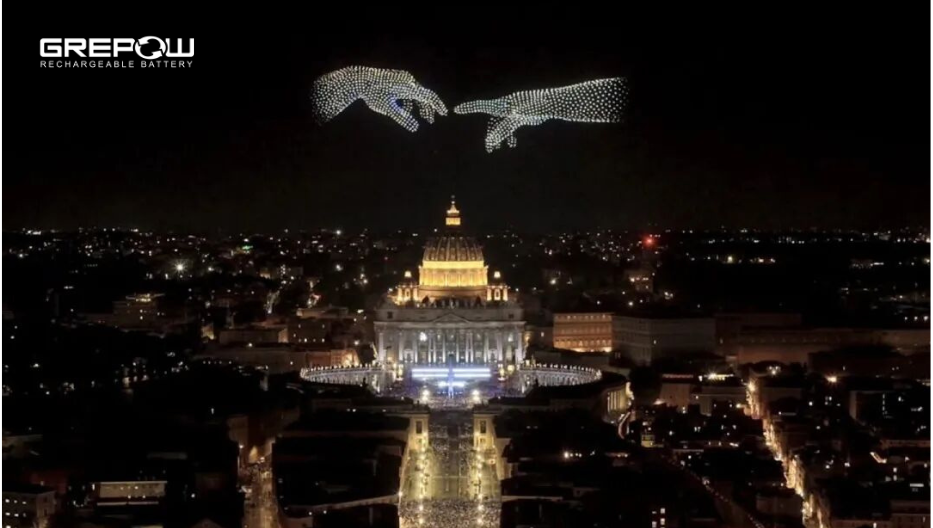
Vatican Drone Show: Where Technology Meets Faith
2025-09-15 -
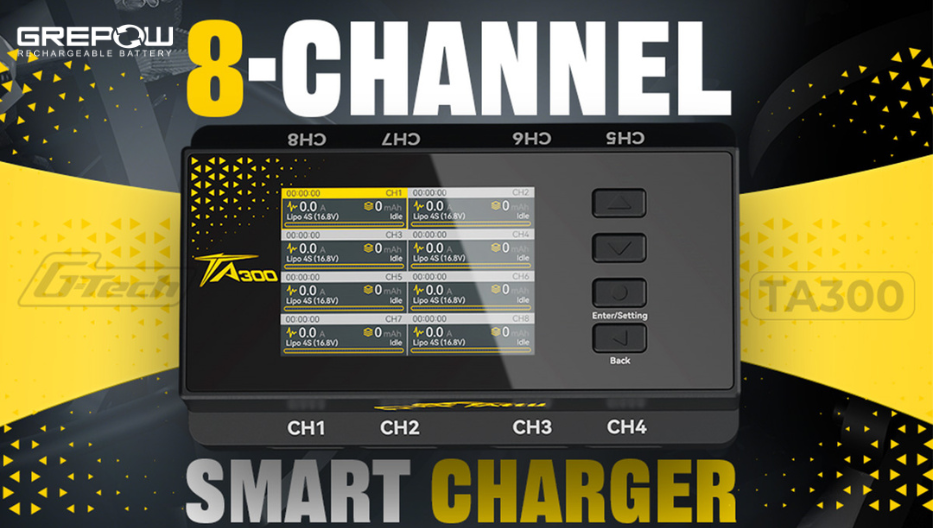
New Release: Tattu TA300 Multi-Channel Smart Charger for Drone Soccer
2025-09-12 -
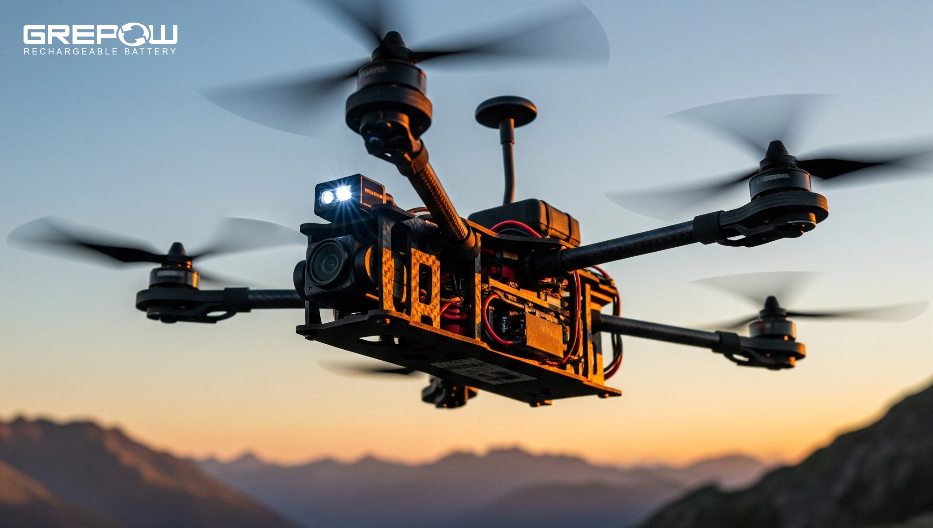
10 Inch FPV vs 13 Inch FPV vs 15 Inch FPV: What’s the Difference?
2025-07-31
Related products
-
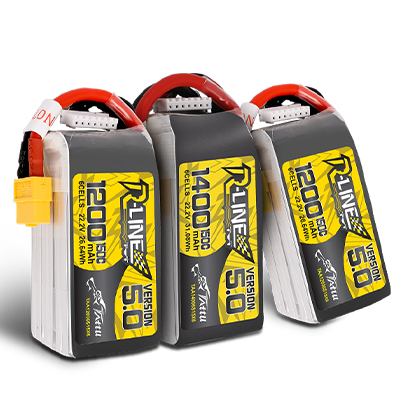
Grepow Tattu R-Line 5.0 Series FPV Battery Pack
-
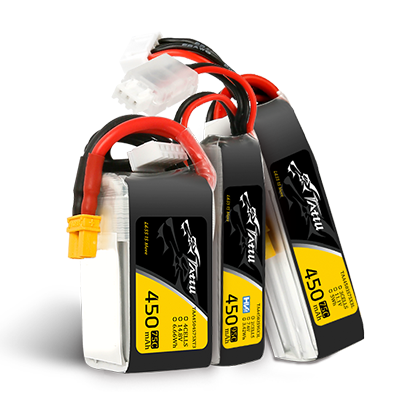
Grepow Tattu Standard Series FPV Done Battery Pack
-

Grepow Tattu Funfly Series FPV Battery Pack


